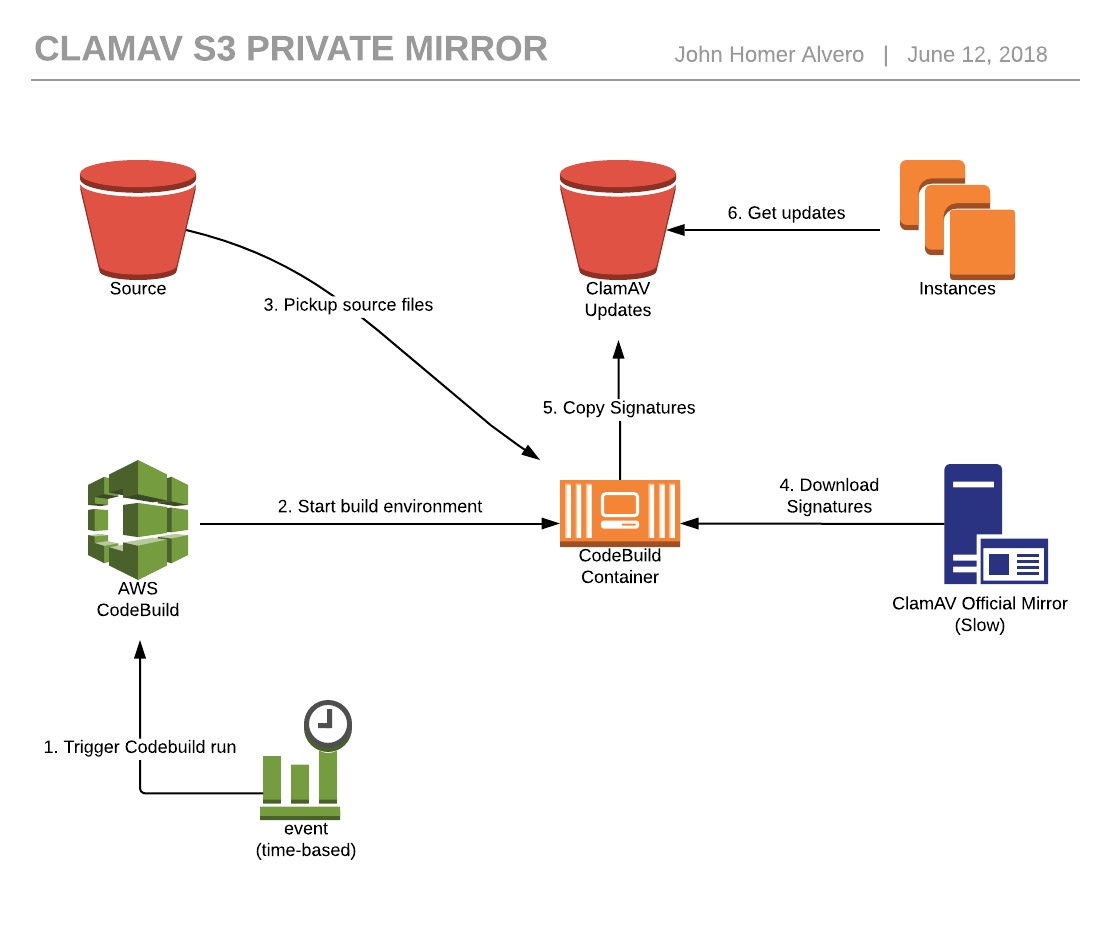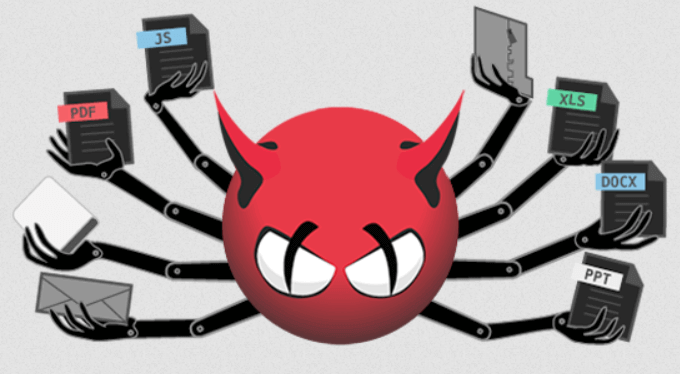

- #Clamav database mirrors maintain own virus definition files install#
- #Clamav database mirrors maintain own virus definition files code#
- #Clamav database mirrors maintain own virus definition files download#
Or if you have the source code of a known malware that you can just change.Īnd that is exactly what happened to me at this point of writing. If its like a c# application that you can easily reverse and rebuild that’s not that great. Using file hash as a signature may be quite effective if you don’t have access to the code to manipulate it. Running a new scan, its not flagged anymore:
#Clamav database mirrors maintain own virus definition files download#
Lets download the file from its original source and scan it:Īnd we have a new hash: 0ce164bf3975aa4b75bb5a5a15b73cbe Again, is a way of testing if the AV is working properly.

This means that every compliant AV vendor added signatures for this file in their AV’s even not being malicious. This is nothing more then a text file defined as a standard for testing AV’s. For this we are going to use the EICAR test file. Signatures are different on other AV’s and that’s why we could only bypass ClamAV. If we now upload the changed version lets see what happens: We can test ILOVEYOU there to see the results VirusTotal is a website that runs the supplied file through around 50 different AV products and shows their results. Each vendor has its own signatures, their own way of identifying malware. We bypassed ClamAV but this does not necessarily mean that we bypassed any other AV. The only thing done here, was separating the line in two separated lines, keeping the same behavior. & vbcrlf & _ "If (window.screen)" & vbcrlf & _ ""
#Clamav database mirrors maintain own virus definition files install#
In a bash terminal (debian based), you can install it like: I’m going to use ClamAV to do demos since it is a free and opensource antivirus, and its awesome for testing this kind of stuff. To reallyunderstand how an antivirus operates we need to see one working Nowadays a lot of attackers also use HoneyPots, to mess with other attackers, to find themselves new malware, to learn new stuff, etc. From the exploit the AV vendor can find new malware, and new techniques, then just need to add them to the AV. A HoneyPot is a fake vulnerable public machine that is expected to be exploited. This is why they usually use what is called HoneyPots. The biggest disadvantage of this approach is that AV vendors need to know the malware, to flag it in the AV. So if it finds it on a file, it will say that file is the TheGreatAndAwesomeRansonwareTheBestInTheWorld ransonware. So an AV vendor may choose to add the print of this string as the virus signature. Someone writes ransomware that encrypts all the disk and at the end writes a file to the desktop with the content: “Haha you are now a victim of TheGreatAndAwesomeRansonwareTheBestInTheWorld pay or loose everything”. In a lot of scenarios these signatures are strings or checksum hashes from the binaries. This signature is a peace of the malware, that should be unique to that program.

To know that a malware is actually a malware the AV checks an internal database where it stores what is called a signature. I’m just going to touch on the basics, but they should be enough to understand the logic behind all of this. To start, we need to understand how AV works. Instead I’m going to show how attackers disguise malware in order to bypass antivirus. This time i’m not going to talk about a specific vulnerability.


 0 kommentar(er)
0 kommentar(er)
